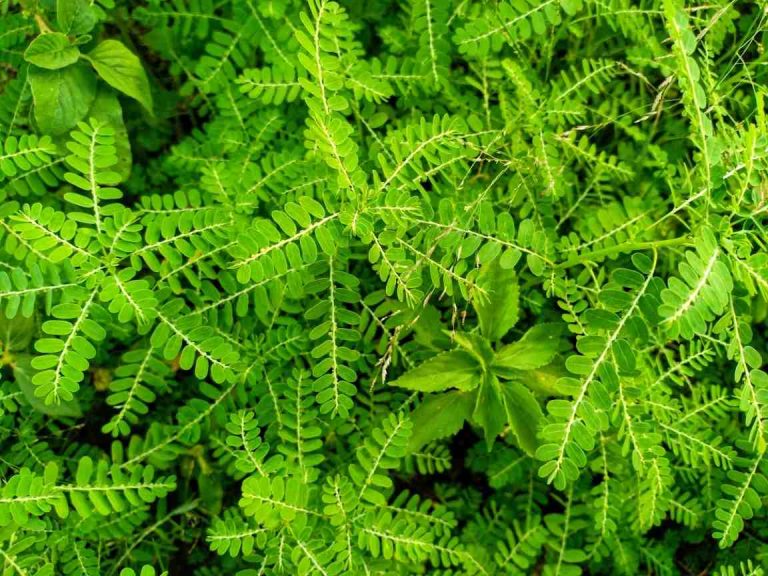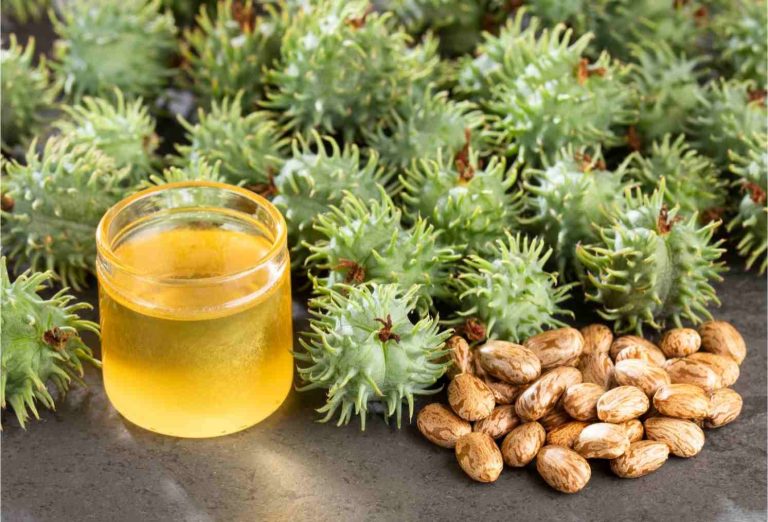
Table of Contents
Health Benefits of Snake Cucumber
If you’ve ever wondered about the health benefits of snake cucumber, you’ve come to the right place. This article will explain what Ayurveda has to say about this strange fruit, as well as its morphology, health benefits, and medicinal uses. Here’s a closer look at the snake cucumber. Listed below are just a few of the reasons why this plant is so important to the human body. After reading this article, you’ll be on your way to becoming a knowledgeable snake cucumber consumer!
What Ayurveda says about snake cucumber
What Ayurveda says about this vegetable is that it is a coolant and has numerous health benefits. It is also a diuretic and can be consumed raw or cooked. While snake cucumber is similar to a regular cucumber, it contains seeds called ervaru. Ervaru seeds are considered to be a diuretic, improving physical strength, and helping to relieve symptoms of dysuria and obstruction of urine. In addition, purified belladonna seeds are said to improve digestion and cure indigestion.
Snake gourd is a vegetable that belongs to the squash and cucumber families and has many medicinal benefits. These nutrients include iron, magnesium, potassium, manganese, and fiber. They are also rich in calcium and phosphorus. These compounds make them a great food for your body, but be sure to consult your doctor first before starting any new diet or supplement regimen. For most people, however, snake gourd is a safe option in moderation.
Morphology of snake cucumber
The morphology of snake cucumber has been studied in order to define its subspecies in the Cucurbitaceae family. Its different with its measurements based on the morphological and phenological characteristics of different parts of the plant, including its height, number of side branches, internode length, flower pedicel length, diameter, and weight.
Health Benefits of snake cucumber
The Health Benefits of Snake Cucumber are plentiful and varied. The vegetable is commonly used as a food and medicine. The vegetable has origins in the Middle East, Asia, and northern Africa and is used to treat a variety of ailments. It can relieve symptoms of recurrent urinary tract infections, including crystalluria and bilious fever. Other benefits include control of acidity, diabetes, and blood pressure.
The vegetable is often called a snake cucumber, but there are many other names for it. This unusual-looking vegetable has a long history of medicinal use and has been widely documented in Ayurvedic texts. Its medicinal value has also led to its widespread integration into traditional Indian cooking. Snake cucumber has been used for centuries to treat stomach and liver ailments, and its delicious, fibrous flesh is a great substitute for bread or pasta for people with dietary restrictions.
Medicinal uses of snake cucumber
The medicinal benefits of snake cucumber include purifying the blood, preventing boils and pimples, and controlling acidity and diabetes. The plant is edible and can be eaten raw or cooked. The seeds, called ervaru, are used to treat bladder and urinary problems. The seeds can be pounded with a little Daruhaldi and consumed as a vegetable with rice gruel. The seeds are also beneficial for curing indigestion.
The skin of a snake cucumber requires no peeling and is delicious as a rich salad or on its own. The high water content makes it an excellent vegetable for people with urinary problems. It can reduce the burning sensation caused by excessive urination. In addition, it can be used to treat heat stroke in people exposed to the sun. Cucumbers can be used for this purpose in treating skin burns.
Side effects of snake cucumber
Snake cucumber does not have serious side effects. It contains fair amounts of antioxidants, which work together to elevate nervous system functions. These antioxidants help prevent the oxidation of brain cells and scavenge free radicals. Other benefits include improving digestive conditions, including constipation. This herb contains an incredible amount of fibre, which can reduce acidity and relieve symptoms of gastritis, heartburn, and peptic ulcers. It may even be beneficial for people who have diabetes.








